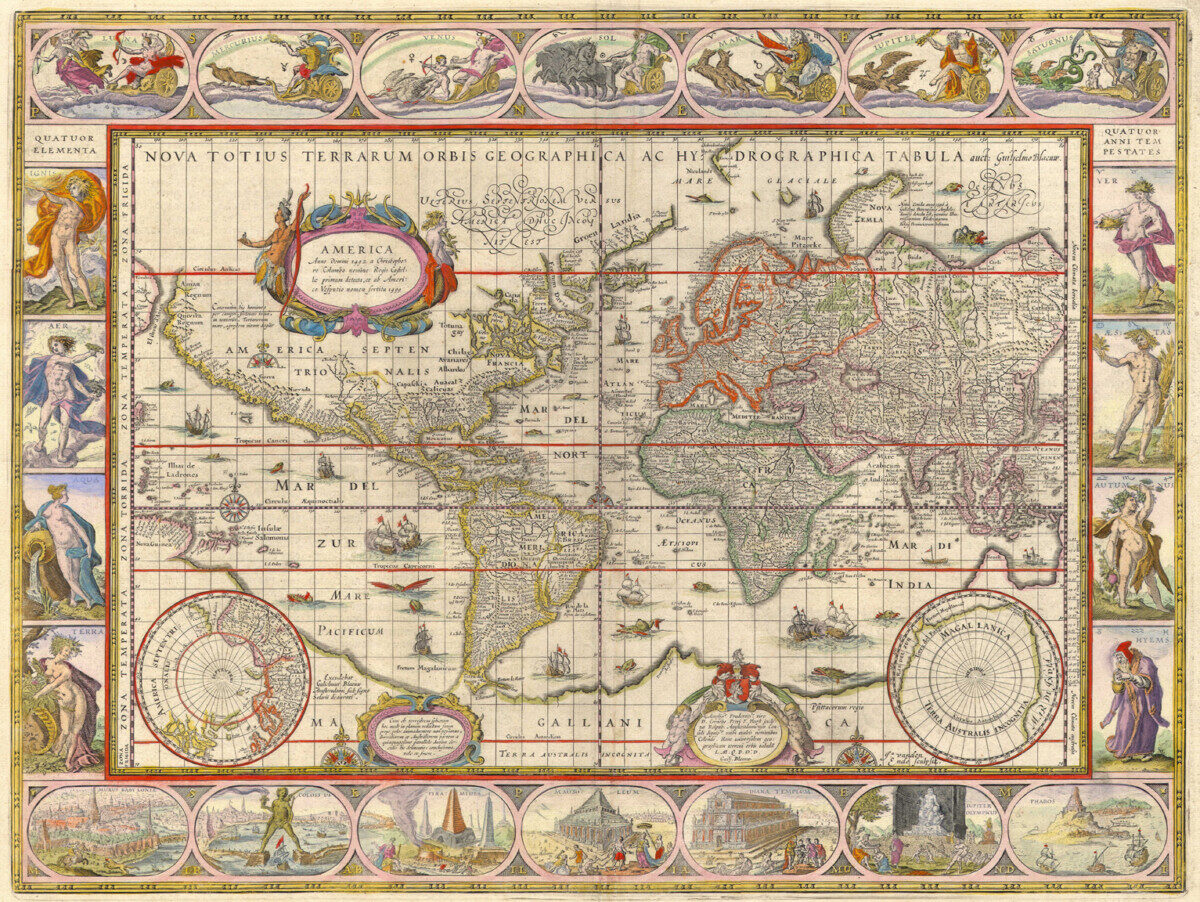Derived from Falda’s map of Rome created in the 17th century, I believe that early artists have taken work that expressed or conveyed information to assist the public with information that was hard to access at the time. For example, Falda depicts Rome with a detailed and true-to-scale map that was drawn by hand to provide information about the route and layout of the city, when at the time GPS or satellite picture of the entire city was impossible to exist. In a similar way, art has become a method for artists and professionals in different areas of study to provide knowledge to people around the world as an easily understood tool.
I think the interdisciplinary projects allow current scholars to understand and interpret the information in the artwork produced in the past. The interaction in conveying and interpreting the artwork stands out to me the most. Even when people who specialize in different industries stare at the same artwork, they could interpret it differently using their own professional knowledge. When people from different industries come together and share their insights on the same piece of art, it is incredibly useful to provide a full explanation of the artwork and its underlying meaning. Getting knowledge conveyed by the ancient artists but understood by the current ones allows one scholar to broaden his or her horizon and define the artwork better. Since art appreciation enriches people’s lives both spiritually and mentally, it is essential that people work in interdisciplinary industries to produce more thorough insights into existing artworks.
